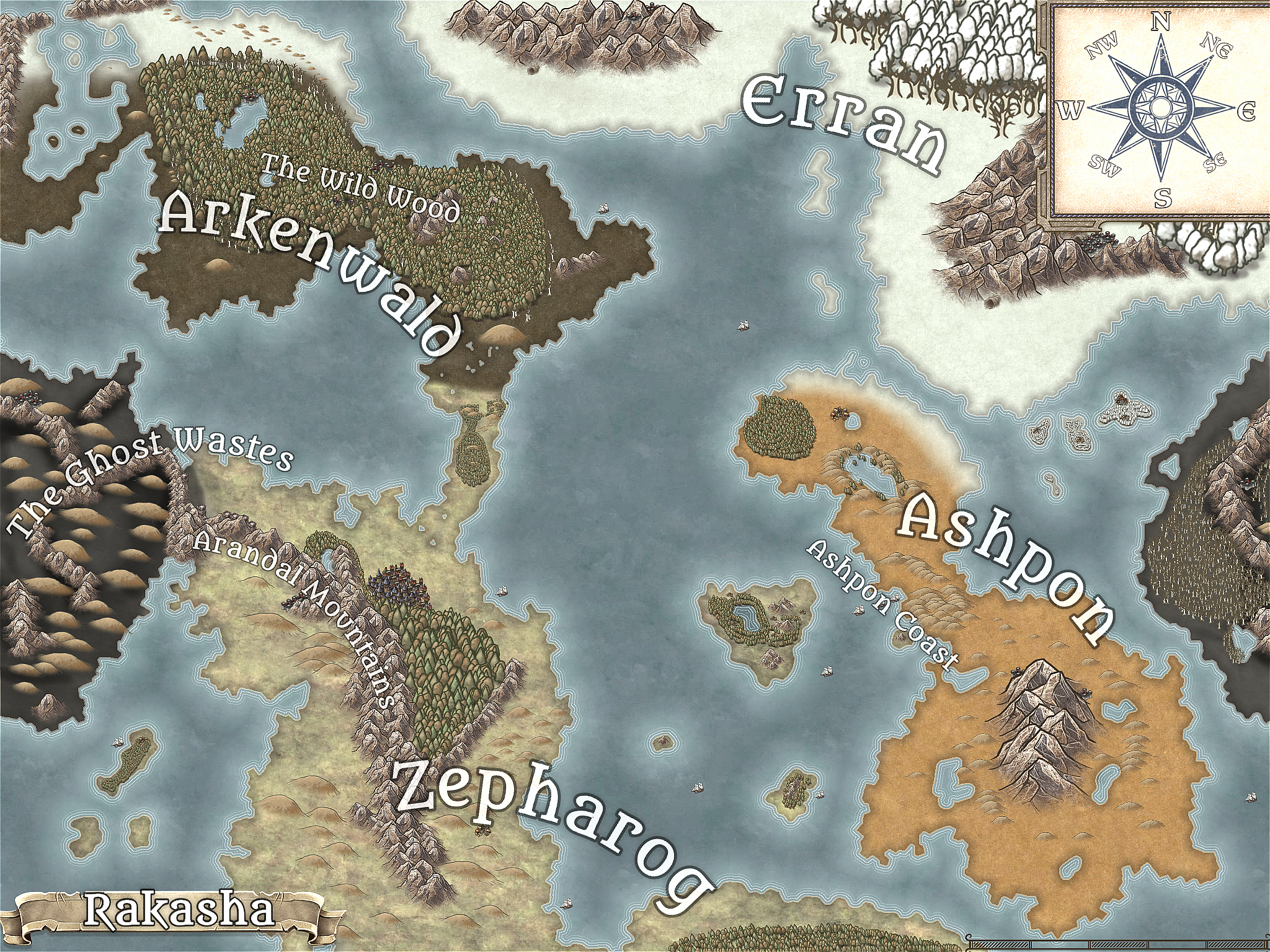Rakasha Setting Guide, Spellcasting
Welcome Lore Keepers and Players. This is the guide to using the magic of Incantations in the world of Rakasha. As you read through this guide you will be able to harness the powers of the incantation, advance in each of its ranks, customize each of its features, and learn the downsides to the Weave of Magic called Weave Enigma as well as Incantation Drain.
In this guide you will also learn how to cast Incantations using the Weave of Magic inside every spellcaster.
What is a Incantation?
A Incantation is the magic of Rakasha taken form, a single shaping of the Weaves of Magic and their magical energies that suffuse the world. In casting a Incantation, a character carefully plucks at the Weaves of Magic, changes the frequency of the Weave to match its desired effect, and then releases it onto the world as the chosen outcome— in most cases, all in the span seconds.
Incantations can be versatile tools, weapons, or protective wards. They can deal damage or undo it, impose or remove conditions, drain life energy away, and restore life to the dead.
Only ten Incantations exist in the world of Rakasha, but there have been a number of blending with those Incantations to produce an array of effects the spellcaster might need at any given moment.
Incantation Rank
Each Incantation has a rank from 1 to 5, within these rank, some might be used in the act of blending the Incantations (More info in another guide). A Incantation's rank is a general indicator to how powerful the Incantation and their feature are, with The Zenyki Incantation's lowly (but still impressive) Fluctuate The Maelstrom at 1st Rank and The Dracaena Incantation 's mental raking Psychic Scream feature at 5th Rank— simple but powerful Incantation features that characters can cast almost by rote— are level 1. The higher an Incantation's rank, the higher level a spellcaster must be to use that feature.
Incantation Rank and character level don't correspond directly. Typically, a character has to have enough skill points in order to advance in a rank.
For example, a 1st level Arcanist will have three Incantation ranks that they can put into three Incantations of their choice. The 1st level Arcanist could put all three of those ranks in The Kirotera Incantation, or they could slightly spread out the ranks— putting two in the Kirotera Incantation and one in the Zenyki Incantation. The Incantation might even further lower his pool by putting one rank in the Kirotera Incantation, one in the Zenyki Incntaiton, and one in The Crypticran Incantation.
Weave of Magic, Weave Surge, and Weave Enigma
Regardless of which kind of spellcaster you are, some Incantations are taxing, mentally and physically, this is known as a Weave Surge. A Weave Surge check measures the difficulty of manipulating the Weaves of Magic into a shape the spellcaster wants.
The DC for a Weave Surge check is 2 + the feature's rank.
The Weaves of Magic also has its flaws known as the Weave Enigma, which can harm the spellcaster if they are not careful.
As the spellcaster advances in their magical prowess, some of the features grow in power like the Dracaena Incantaion's Soul Seekers, changing the rank of the feature.
For example, Avan, an level 3 Arcanist with two ranks in the Dracaena Incantation, wants to use the Spacial Flicker feature, which requires a Weave Surge Check. Avan would mark off a the correct amount of point(s) from is Weave of Magic pool. Once that is done, he would be asked to roll his Spellcasting Attribute (in Avan's case, Intelligence) + His Arcane Attribute and roll for the Weave Surge check.
Avan's Weave Surge DC is 4. Avan rolls 6 Successes and achieves his check, making it to where he doesn't have to add a point to his Weave Enigma track on his character sheet.
Another example is Kathrin. She's a 3rd Devoted with 3 ranks in The Sula Incantation, wants to use the feature Reflective Burst, which requires her to make a Weave Surge check. Kathrin would be asked to roll her Spellcasting Attribute (Faith in Kathrin's case) and her Arcane attribute to the roll.
Kathrin's Weave Surge DC is 5. Karthin rolls 3 successes and fails her check. This means Kathrin would mark a point in her Weave Enigma track on her character sheet.
This means that Kathrin's Weave Enigma track as one point in it, causing her Weave Surge DC base of 2 to increase to 4 + her feature's rank. The table below shows the effects of having Weaave Enigma.
The only way to remove any point of Weave Enigma is by resting. The spell caster must spend a total number of hours equal to their Enigma of uninterrupted meditation in order for the caster to remove the stain on their Weave of Magic.
Incantation Drain
If the spellcaster has 2 or more points of Weave Enigma, then they will start to feel the effects of the Enigma harm the caster. This is known as a Incantation drain. In the Weave Enigma Progression Table, the amount of Incantation drain is represented by a dice value. With 2 points of Weave Enigma, the spellcaster will take 1d4 necrotic damage each time they cast an Incantation.
As the spellcaster gains more and more Weave Enigma, the Incantation drain will become more and more powerful, increasing to 1d6 at three points, 1d8 at four points, and 1d10 at five points.
Incantation drain goes away if you have one or less points of Weave Enigma.
Weave of Magic
The Weave of Magic is something every spellcaster has access to, but it is also unique with each caster. It is the pool of energy that is stored inside each spellcaster, whether it is unlocked through divine and devout ways like the Devoted and Oathslayer, taught and harness through a bloodline or school like the Arcanist, channeled through nature like the Wild Blade and Grove Warden, or given to them in the form of curses, and hexes like the Witchblade. Every spellcaster has access to the Weaves of Magic that they use to cast each of their spells.
Strand Trance:A strand trace is the caster's unique and invisible magical calling card. With certain methods of tracking, a spellcaster might be able to track and find the magical user that manipulated the Weave of Magic.
Weave of Magic Pool:The Weave of Magic pool is the representation of how much magical prowess is inside you. How much the Weave of Magic is connected with you.
Casting A Incantation
When a character casts any Incantation, the same basic rules are followed, regardless of the character's class or the Incantation's effects.
Each Incantation described down below has basic information, including the Incantation's name, features, Weave of Magic type, casting time, range, components, and duration.
Casting In Armor
Because of the mental focus and precise gestures required for spellcasting, you must be proficient with the armor you are wearing to cast a spell. You are otherwise too distracted and physically hampered by your armor for spellcasting.
Ritual
Certain Incantation features requires you to perform a ritual. Such a feature can be cased following the normal rules for spellcasting, or the feature can be used as a ritual. The ritual version of a feature takes 10 minutes longer to use than normal. It also doesn't expend any Weave of Magic from the spellcaster's pool, which means the ritual version of a feature is used at the base rank it started as.
To use a feature as a ritual, a spellcaster must have a feature that grants the ability to do so. The Devoted and the Grove Warden, for example, have such a feature.
Casting Time
Incantations require 2 Stamina and Weave of Magic to use, but some features can be used without using Stamina, as a Reaction, or longer. In addition, the features may already have a Stamina cost to go with it, in that case, you may expend that Stamina instead.
Features Without Using a Stamina
A feature that doesn't use a Stamina can only be used once per turn, unless stated otherwise. You can't cast another spell during the same turn, except for a feature of first rank. Or stated otherwise.
Reaction
Some features can be case as a reaction. These features take a fraction of a second to bring about and are cast in response to some event. If a feature can be cased as a reaction, the feature description tells you exactly when you can do so.
Longer Casting Times
Certain features (including features used as rituals) requires more time to cast: minutes or even hours. When you use a feature with a casting time longer than a single turn or reaction, you must spend your Stamina and Weave of Magic when you cast the spell. You maintain your concentration while you do so. If your concentration is broken, the feature fails, but you don't expend any Weave of Magic. If you want to use the feature again, you must start over.
Range
The target of a feature must be within the feature's range. For a feature like Soul Seekers, the target is a creature. For a feature like Maelstrom Ball, the target is the point in space where the ball of electricity and fire erupts.
Most feature have ranged expressed in feet. Some features can target only a creature (including you) that you touch. Other features, such as the Reflective Burst feature, affect only you. These feature have a range of self.
Incantation features that create cones or lines of effect that originate from you also have a range of self, indicating that the origin point of the feature's effect must be you.
Components
A Incantation's components are the physical requirements you must meet in order to cast it. Each Incantation's descriptions indicate whether it requires somatic (S), or material (M) components.
Somatic (S)
Incantation gestures might be forceful gesticulation or an intricate set of hand motions. Every Incantation requires a somatic component, the caster must have free use of at least one hand to perform these gestures.
Material (M)
Casting some Incantations requires particular objects, specified in the Required section of each feature. A character can use a Magician's Supplies or a Foci in place of the components specified for a feature. But if a cost is indicated for a component, a character must have that specific component before he or she can use the feature.
If a Incantation feature states that a material component is consumed by the Incantation, the caster must provide this component for each use of the feature.
A spellcaster must have a hand free to access a feature's material components— or to hold a Foci— but it can be the same hand that he or she uses to perform somatic components.
Duration
A Incantation's duration is the length of time a feature persists. A duration can be expressed in rounds, minutes, hours, or even years. Some incantations specify that their effects last until it is dispelled or destroyed.
Instantaneous
Many features are instantaneous. The feature harms, heals, creates, or alters a creature or an object in a way that can't be dispelled, because its magic exists only for an instant.
Concentration
Some features require you to maintain concentration in order to keep their magic active. If you lose concentration, the Incantation feature ends.
If a feature must be maintained with concentration, the feature specifies how long you can concentrate on it. You can end concentration at any time (no action required).
Normal activity, such as moving and attacking, doesn't interfere with concentration. The following factors can break concentration:
- Using another feature that requires concentration:
You lose concentration on a feature if you cast another Incantation feature that requires concentration. You can't concentrate on two features. - Taking damage:
Whenever you take damage while you are concentrating on a feature, you must roll a Vigor + Arcane Attribute check to maintain your concentration. The DC equals 5 or a fifth the damage you take, whichever number is higher. If you take damage from multiple sources, such as an arrow and a Karathigan's breath, you make a separate checks for each source of damage. - Being incapacitated or killed:
You lose concentration on a feature if you are incapacitated or if you die.
Weave of Magic Cost
No matter what kind of spellcaster you are. You will use your Weave of Magic pool to cast an Incantation. When a spellcaster uses one of the Incantaiton feature, depending on the rank, the cost will differ.
Another factor that will change the amount of Weave of Magic used to cast a Incantation is the amount of Weave Enigma the caster possesses.
Thank you Players and Game Masters for reading this guide on the Spellcasting. If you have any questions, please use the comments down below and I hope this guide served you well. Happy rolling and happy casting.




